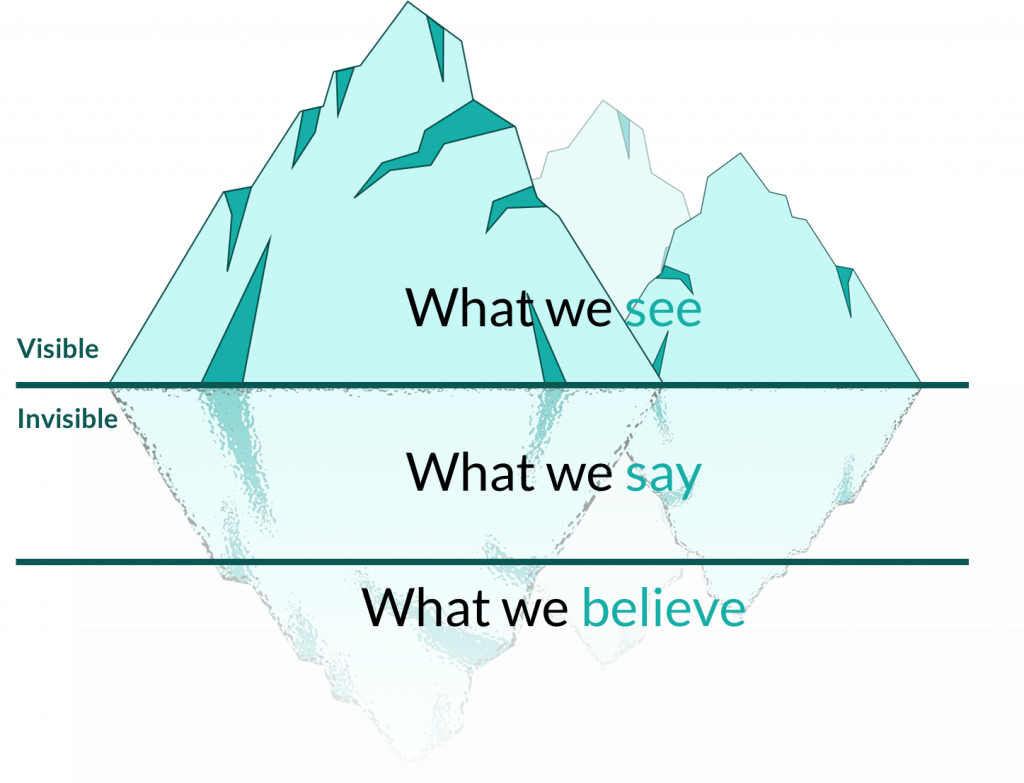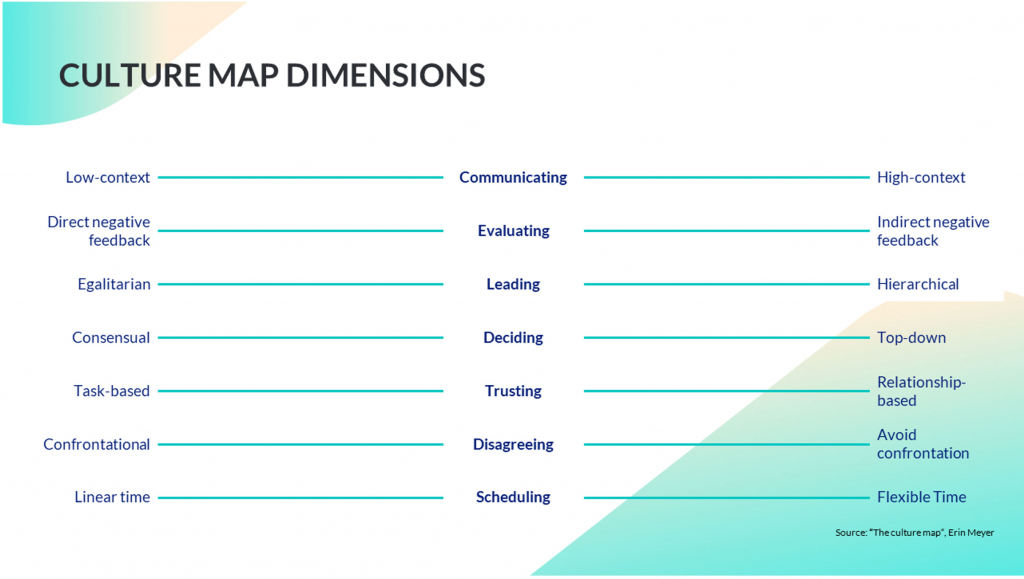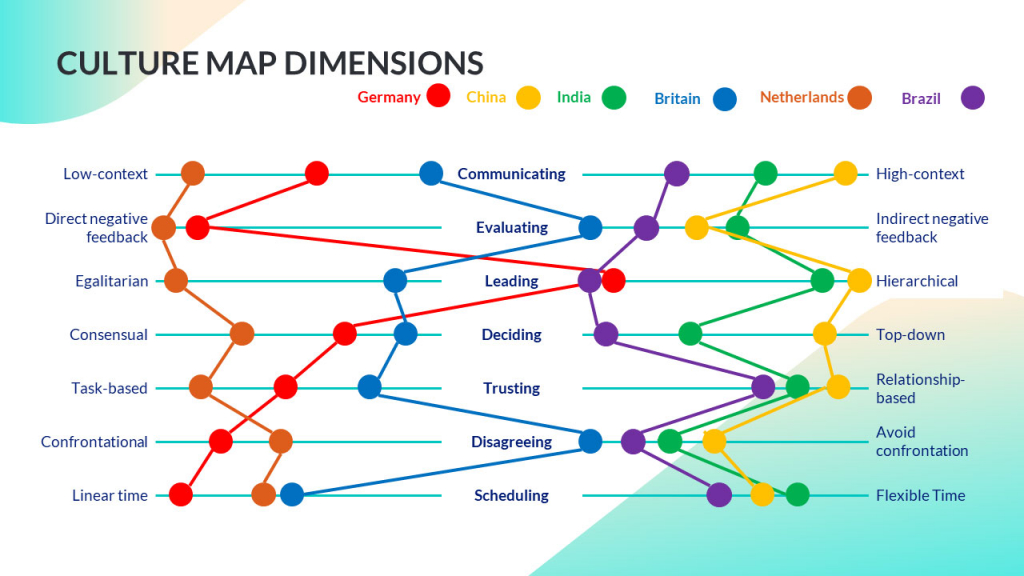


This article explores how businesses can effectively navigate intercultural communication by understanding and leveraging cultural differences. We focus here on the key dimensions of culture that impact interactions, decision making, and collaboration, particularly in a Chinese context. By adapting communication strategies to align with cultural norms, companies can foster stronger relationships, avoid misunderstandings, and enhance their global success.
This article was authored by CPC Consulting, a change management consultancy from Germany. Since 1993, its experts have been consulting for global corporations as well as medium-sized companies in driving impactful transformation. Get in touch at china@cpc-global.com.
The contents of this article are within the sole responsibility of the author and do not necessarily reflect the views of the EU SME Centre or the EU.
Culture, as Edgar Schein defines it in his foundational work, is a complex and layered phenomenon that underpins how people think, behave, and interact within a given group. At its core, culture is a set of shared assumptions, beliefs, and values that guide group behaviour and provide a sense of identity and coherence.
These elements of culture operate on multiple levels: from visible artefacts (including symbols, language, and rituals), to espoused values (such as company missions or national principles), and ultimately to deeply embedded, unconscious assumptions that shape how members perceive reality and respond to it.

Culture is not static; it evolves as groups solve problems, adapt to environments, and learn together. Understanding culture is essential because it shapes how individuals within a group communicate, make decisions, and collaborate. In intercultural settings, like working in or with China, culture profoundly impacts interactions. Differences in deeply held assumptions—such as how authority is viewed, how conflict is managed, or how success is defined—can either facilitate or hinder communication.
By recognising the layers of culture, particularly the underlying assumptions that are often invisible yet powerful, one can better navigate intercultural dynamics, build stronger relationships, and avoid misunderstandings that arise from differing cultural norms. Thus, comprehending culture is not only relevant but crucial for effective communication and collaboration in any global context. For example:
| China | |
|---|---|
| Artefacts What we see | In Chinese business settings, elaborate rituals during meetings, the exchange of business cards with both hands, and the prominence of symbols of prosperity are common. |
| Espoused Values What we say | Harmony, guanxi (relationship-building), and respect for authority may be expressed as essential values. Collectivism and loyalty to the group may also be emphasised. |
| Underlying Assumptions What we believe | There could be an underlying belief in the interconnectedness of personal and professional life, the significance of “face” or reputation, and a focus on long-term relationship-building. |
Understanding cultural dimensions is critical for businesses seeking success in today’s interconnected world. Erin Meyer’s Culture Map offers a practical framework to navigate the complexities of intercultural interactions by identifying and comparing key cultural dimensions that influence how people communicate, negotiate, and collaborate. These dimensions—ranging from communication styles and attitudes toward authority, to how trust is built or decisions are made—highlight the often-subtle differences that can significantly impact business operations and relationships.
By gaining insights into these cultural dimensions, business leaders can better tailor their strategies to align with local expectations, reduce misunderstandings, and foster more effective and cohesive international teams.

Cultures vary in their preference for low-context (explicit, direct) versus high-context (implicit, nuanced) communication. Understanding this helps businesses adjust their messaging to avoid misinterpretation.
| Low-Context Culture | High-Context Culture |
|---|---|
| – Good communication is precise, simple and clear. – Messages are expressed and understood at face value. – Repetition is appreciated if it helps clarify the communication. | – Good communication is sophisticated, nuanced, and layered. – Messages are both spoken and read between the lines. – Messages are often implied but not plainly expressed. |
Chinese communication is observed to be high-context. Messages are often indirect and rely on understanding the context or reading between the lines. Western businesses used to more direct communication may misinterpret some messages, leading to misunderstandings and confusion in negotiations or project discussions.
Different cultures approach feedback in unique ways, with some favouring direct criticism while others are more indirect. Tailoring feedback to the cultural norm can prevent offence and foster constructive dialogue.
| Direct Negative Feedback | Indirect Negative Feedback |
|---|---|
| – Negative feedback to a colleague is provided with standalone messages, not softened by positive ones. – When criticising, absolute descriptors are often used. – Criticism may be given to an individual in front of a group. | – Negative feedback to a colleague is provided softly, subtly, and diplomatically. – Positive messages are used to wrap up negative ones. Qualifying descriptions are often used when criticising. – Criticism is given only in private. |
Chinese culture typically favours giving feedback in a more indirect manner to preserve harmony and face. Businesses from more direct cultures may find it challenging to receive constructive criticism or may inadvertently offend Chinese colleagues by providing overly blunt feedback.
Cultures view leadership differently, ranging from egalitarian to hierarchical. Being attuned to these preferences helps leaders position themselves effectively and maintain authority in various cultural settings.
| Egalitarian | Hierarchical |
|---|---|
| – The ideal distance between a boss and a subordinate is low. – The best boss is a facilitator among equals. – Organisational structure is flat. – Communication often skips hierarchical lines. | – The ideal distance between a boss and a subordinate is high. – The best boss is a strong director who leads from the front. – Status is important. – Organisational structures are multi-layered and fixed. – Communication follows set hierarchical lines. |
China is commonly associated with a more hierarchical society where leadership is generally respected, and decisions are made from the top down. Foreign companies that fail to recognise and adapt to this hierarchical structure might find it difficult to engage with decision-makers or navigate internal Chinese business dynamics.
Decision-making processes can be consensual or top-down. Recognising whether a culture values group consensus or swift, authoritative decisions is vital for collaboration and setting expectations.
| Consensual | Top-down |
|---|---|
| Decisions are made in groups through unanimous agreement. | Decisions are made by individuals (usually the boss). |
In China, decisions are generally made by senior leaders without extensive group input. Businesses accustomed to consensual decision-making may feel excluded from the process or experience delays if they don’t recognize the importance of aligning with the appropriate authorities early on.
Trust is built either through task-based performance or relationship-based connections. Understanding how trust develops in different cultures helps to strengthen professional relationships.
| Task-based | Relationship-based |
|---|---|
| – Trust is built through business-related activities. Work relationships are built and dropped easily, based on the criticality of the situation. – “You do good work consistently. You are reliable. I enjoy working with you. I trust you.” | – Trust is built through sharing meals, evening drinks, and talks around the coffee machine. Work relationships build up slowly over the long term. – “I’ve seen who you are at a deep level. I’ve shared personal time with you. I know others well who trust you. I trust you.” |
The dimension of trust in China is primarily built through relationships and personal connections (guanxi). Foreign businesses that focus solely on task performance and neglect relationship-building may struggle to establish long-term partnerships or be excluded from valuable business networks.
Some cultures encourage open conflict and debate, while others avoid confrontation to maintain harmony. Knowing how to handle disagreements within different cultural norms helps to resolve conflicts smoothly.
| Confrontational | Avoiding Confrontation |
|---|---|
| – Disagreement and debate is positive for the team or organisation. – Open confrontation is appropriate and will not negatively impact the relationship. | – Disagreement and debate are negative for the team or organisation. – Open confrontation is inappropriate and will break harmony or negatively impact the relationship. |
Open disagreement in China is typically avoided to maintain harmony and face. Businesses that are more accustomed to confrontational cultures may find it difficult to address conflicts directly, potentially leading to unresolved issues or passive resistance within teams.
Time perception varies, with some cultures adhering to strict schedules (linear time) and others taking a more flexible approach (flexible time). Aligning with these preferences ensures smoother project management and coordination.
| Linear time | Flexible time |
|---|---|
| – Project steps are approached sequentially, completing one task before beginning the task. – The focus is on deadlines and sticking to the schedule. – Emphasis is on promptness and good organisation over flexibility. | – Project steps are approached with fluidity, changing tasks as opportunities arise. – Many things are dealt with at once and interruptions are accepted. – The focus is on adaptivity, and flexibility is valued over organisation. |
Chinese culture is known to view time as flexible, with less emphasis on strict deadlines and punctuality compared to Western linear-time cultures. Companies expecting rigid schedules may face frustrations when working with Chinese counterparts, especially in negotiations or during project timelines.

To communicate effectively across cultures, it is essential to approach interactions with openness, flexibility, and a deep understanding of the cultural dimensions that shape communication styles, decision-making, and relationship-building. Different cultures emphasise varying approaches—some may prioritise directness and efficiency. Others, including China, typically rely on high-context communication, where meaning is often conveyed through subtle cues and non-verbal communication. In such environments, building strong personal relationships is a crucial foundation for trust and cooperation. Respect for hierarchy and a focus on maintaining harmony also play a significant role in Chinese business culture. Recognising these factors helps avoid misunderstandings.
Adapting your communication strategy to fit these cultural nuances can prevent conflicts, improve collaboration, and enhance long-term partnerships. By embracing cultural diversity, businesses can turn potential challenges into opportunities, fostering innovative solutions and stronger connections. Ultimately, leveraging these cultural differences enables businesses to thrive in a globalised environment, turning diversity into a competitive advantage and driving more successful international interactions.
While cultural awareness is critical for navigating intercultural communication, it’s equally important to remember that individuals are not solely defined by their cultural backgrounds. Approach each interaction with curiosity and openness, focusing on the unique experiences and perspectives of the individual rather than relying solely on cultural assumptions. This mindset not only improves communication but also builds more authentic relationships that transcend cultural boundaries, fostering deeper global collaboration.